| Wednesday, November 13, 2019 | |
Exhibitors Presentation |
|
| Chair |
Jim Jackman, Semi

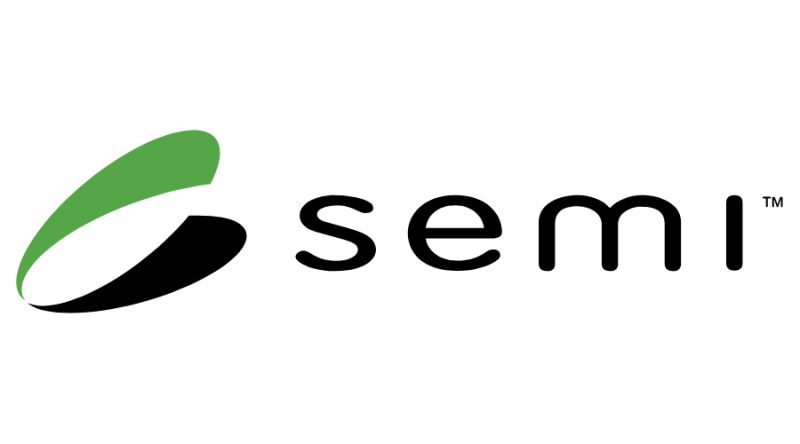 Biography |
| 10:00 | Simplifying your tool automation |
Doug Suerich, Product Evangelist, PEER Group Simplifying your tool automation
 Abstract Biography |
|
| 10:15 | Towards Research 4.0 - Automating R&D with Flextura PVD and Integrated Advanced Analytics |
Christian Kjelde, International Sales, Polyteknik AS Towards Research 4.0 - Automating R&D with Flextura PVD and Integrated Advanced Analytics
 Abstract Biography |
|
| 11:30 | Measurement of oversize particles in the CMP process. |
Antonis Pantazis, EMEA Sales Consultant, Entegris Measurement of oversize particles in the CMP process.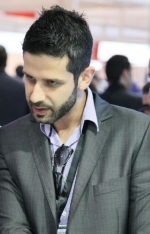
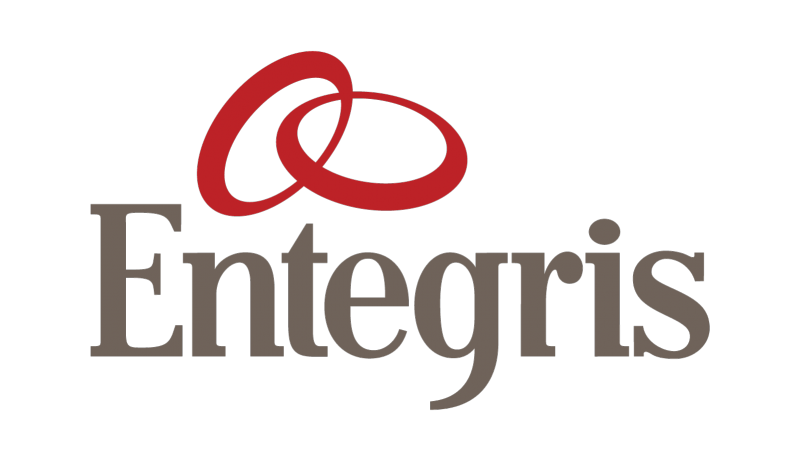 Abstract Biography |
|
| 12:00 | Sub-Angström controlled Sputtering Process for Magnetic Sensor |
Berthold Ocker, Head of Business Unit Semiconductor NDT, Singulus Technologies AG Sub-Angström controlled Sputtering Process for Magnetic Sensor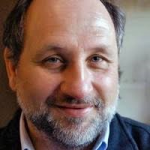
 Abstract Biography |
|
| 12:30 | Carrier Wafers for thin wafer handling using temporary bonding technologies |
Carsten Wesselkamp, Sales Manager, Plan Optik AG Carrier Wafers for thin wafer handling using temporary bonding technologies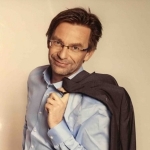
 Abstract Biography |
|
| 12:45 | Two-photon absorption in semiconductors design and manufacturing |
Paulius Naujalis, Sales Manager, Fyla laser Two-photon absorption in semiconductors design and manufacturing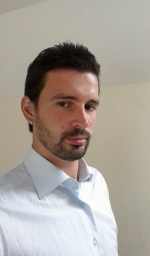
 Abstract Biography |
|
| 13:00 | Line Confocal Sensors for Industrial Inspection |
Murat Deveci, Sales Manager, FocalSpec Ltd Line Confocal Sensors for Industrial Inspection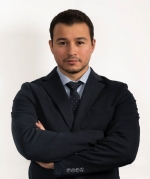
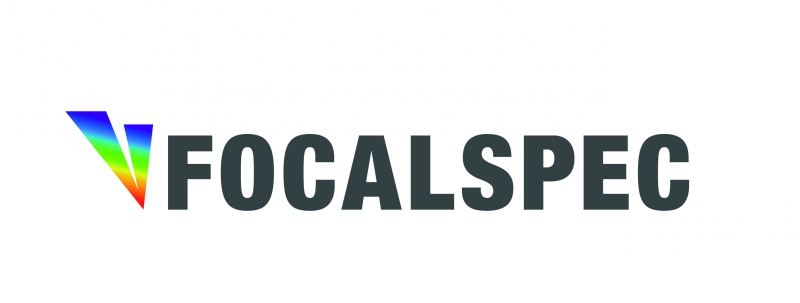 Abstract Biography |
|
| 13:15 | UV Cure – an Enabling Process Technology for Efficient Thick Photoresist Drying |
Christian Schaefer, Trymax-semiconductor UV Cure – an Enabling Process Technology for Efficient Thick Photoresist Drying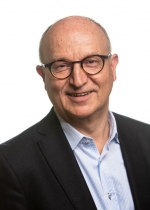
 Abstract Biography |
|
| 13:30 | 3D Automatic X-Ray Inspection System |
Yoo Yeob Jung, CEO, Nanotech Digital GmbH (SEC Europe Head Office) 3D Automatic X-Ray Inspection System
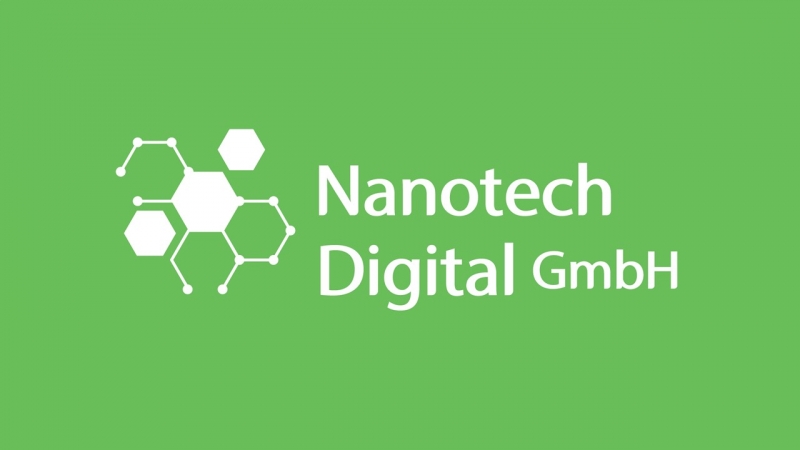 Abstract Biography |
|